One of the most prominent activities of the United Nations is its peacekeeping operations; or in some cases, lack of them. In fact, the term ‘peacekeeping operations’, is now synonymous with the United Nations, and yet the United Nations Charter does not mention, even once, the phrase ‘peacekeeping operations’.
Since the founding Members were just emerging from World War II, the enforcement measures mentioned in the Charter referred to war between states, more specifically against ‘aggressors’.
Hence the reference in Article 39 to the Security Council having powers to ‘determine the existence of any threat to the peace, breach of the peace, or act of aggression’ should be understood in this context as intended to refer to inter-state conflict or war.
This interpretation is confirmed by Article 2 (7) which states that ‘nothing contained in the present Charter shall authorize the United Nations to intervene in matters essentially within the domestic jurisdiction of Members or shall require the Members to submit such matters to settlement under the present Charter’.
Apart from the Korean War and the first Gulf conflict, only very few of the United Nations missions set up to address conflicts early on in the Organization’s existence approximated the conflicts envisaged by the founding fathers of the United Nations i.e., inter-state conflicts.
These were the United Nations Truce Supervision Organization (1948), the United Nations Military Observer Group in India and Pakistan (1949), the United Nations India-Pakistan Observation Mission (1956) and the United Nations Disengagement Observer Force (1974).
The inter-state character of these Missions was clear from the designations of the missions. The missions usually bore the names the feuding countries involved; were specifically assigned ‘truce supervision’ as their purposes of or were termed ‘disengagement observer force’.
The majority of the later United Nations Missions have operated ‘intra-state’ and seemingly in violation of the principle of the the domestic jurisdiction of states.
What then is the legal basis of these ‘peacekeeping operations’?
The United Nations peacekeeping is ‘a unique and dynamic instrument developed by the Organization as a way to help countries torn by conflict create the conditions for lasting peace’.
Clearly, peacekeeping operations, to the benefit of peace nevertheless, largely require the United Nations to involve itself in matters essentially within the domestic jurisdiction of Members, something not intended by the Charter.
Again, in the words of the United Nations, Dag Hammarskjöld, the second United Nations Secretary-General is said to have captured this ‘legal grey area’ by saying that peacekeeping operations belonged to "Chapter Six and a Half" of the Charter, placing the operation between traditional methods of resolving disputes peacefully, such as negotiation and mediation under Chapter VI, and more forceful action as authorized under Chapter VII.
After all, having died overseeing the first United Nations mission in Congo in 1961, he is considered to be the father of peacekeeping operations.

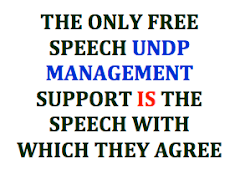




















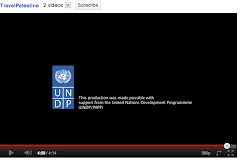





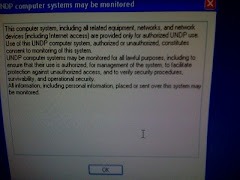









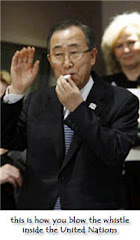
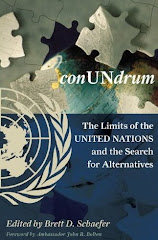

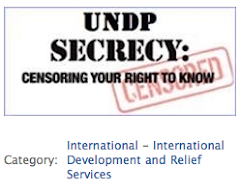

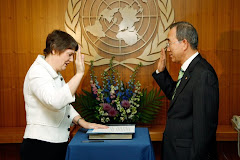





No comments:
Post a Comment